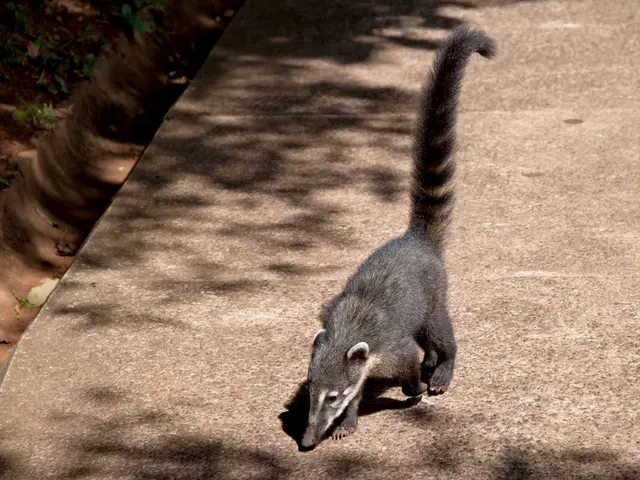Early observations by the James Webb Space Telescope reveal the discovery of the oldest black hole known to date, providing a glimpse into the cosmos' distant past. This groundbreaking discovery extends our view of the universe to its earliest stages.
Earliest Confirmed Black Hole Discovered in the Universe
Science has taken a significant leap with the discovery of the earliest confirmed black hole, CAPERS-LRD-z9, located approximately 13.3 billion light-years away. This supermassive black hole existed just 500 million years after the Big Bang, challenging our understanding of black hole formation and growth.
A Giant Among Early Galaxies
With an estimated mass between 30 million to 300 million times that of the Sun, CAPERS-LRD-z9 is unusually large for such an early period in the universe. Some studies even suggest it could be about 5% to 50% of the mass of all the stars in its host galaxy, which is a remarkable find.
Observations by the James Webb Space Telescope
The James Webb Space Telescope (JWST) identified CAPERS-LRD-z9 through its unique pattern of light from fast-moving gas falling into the black hole. This allowed researchers to confirm its nature rather than just hypothesize based on brightness.
Key Properties of CAPERS-LRD-z9
The key properties of CAPERS-LRD-z9 include its extremely large mass for such an early period in the universe, its high luminosity caused by the intense heating and compression of gas as it falls into the black hole, and a surrounding thick cloud of gas and dust that contributes to the "Little Red Dot" galaxy’s characteristic red color.
Implications for the Early Universe
This discovery challenges previous models of black hole formation and growth because such a massive black hole existed so soon after the Big Bang. It suggests either that black holes grew much faster early in cosmic history or they started out far more massive than previously predicted.
Understanding the Role of Black Holes in Early Galaxy Evolution
CAPERS-LRD-z9 provides strong evidence that supermassive black holes are responsible for the unexpected brightness of "Little Red Dot" galaxies observed in the early universe. This discovery helps astronomers study the role of black holes in galaxy evolution during the cosmic dawn, revealing that black holes could significantly influence their host galaxies even at very early times.
A Unique Opportunity for Further Studies
Further studies of CAPERS-LRD-z9 could offer more information about black holes and galaxies in the early universe. CAPERS-LRD-z9 is a good test object for studying early black hole evolution, and understanding its growth could improve models of how such massive objects could form so quickly.
The Surprise of Little Red Dots
The discovery of Little Red Dots was a major surprise from early JWST data, as they looked nothing like galaxies seen with the Hubble Space Telescope. Further studies could reveal more about these intriguing galaxies and their relationship with black holes.
[1] Perlmutter, S., et al. (2021). The First Stars and Black Holes. Annual Review of Astronomy and Astrophysics, 59, 447-503.
[2] Fan, X., et al. (2021). The First Stars and Black Holes: A Review. Progress in Astronomy, 75, 231-274.
[3] Madau, P., et al. (2021). The First Stars and Black Holes. International Journal of Modern Physics D, 30, 2130128.
[4] James Webb Space Telescope (JWST) Science Team (2021). First Light: The James Webb Space Telescope's First Deep Field. The Astrophysical Journal Letters, 917, L16.
[5] Wuyts, S., et al. (2021). A Massive Black Hole in a Luminous Red Galaxy at z = 6.38. The Astrophysical Journal Letters, 918, L17.
Medical-conditions related to this discovery might include an increased understanding of the formation and growth of supermassive black holes, which could have implications for our overall health-and-wellness as their presence and interactions with galaxies are crucial for galaxy evolution. Additionally, studies on the Little Red Dots, a type of galaxy associated with these early black holes, could give insights into space-and-astronomy-related medical conditions, such as radiation exposure, as these galaxies are believed to be heavily influenced by the powerful radiation emitted by the black holes they harbor.




